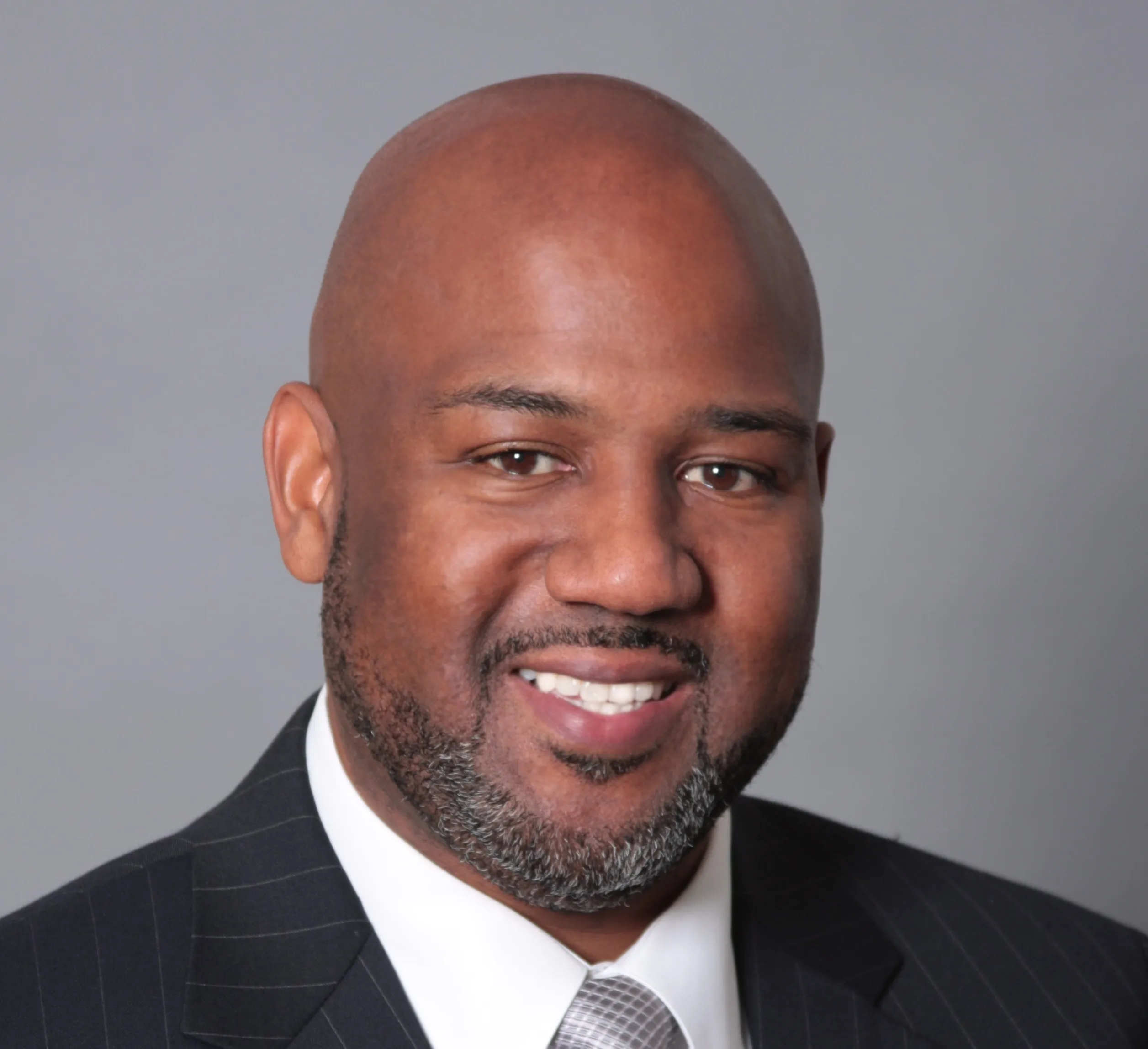
There have long been arguments – medical and social – for the legalisation of cannabis. Now that it is permitted for personal use in 18 US states (with more ballots on the issue expected elsewhere in November), the use of pot or weed has moved firmly into the mainstream.
However, with increased usage has come a road safety problem: more drivers in fatal crashes in the US tested positive for the drug during the Covid pandemic.
This has prompted authorities to issue guidance about safety messaging to drivers who are cannabis users. For one thing, Cannabis Consumers and Safe Driving: Responsible Use Messaging recommends that you don’t use outdated terms like ‘pot’ or ‘weed’ (note to self). Also, it’s probably best to use the term ‘consumers’ rather than ‘users’ (and again).
The Governors Highway Safety Association (GHSA), Responsibility.org and the National Alliance to Stop Impaired Driving (Nasid) are behind the report, which is aimed at State Highway Safety Offices (SHSOs).
Recreational cannabis was legal precisely nowhere in the US before 2011. But with acceptance comes ubiquity and the report emphasises the need for effective public outreach and education. For instance, an AAA Foundation for Traffic Safety survey found that 95% of people say driving while over the legal blood alcohol concentration limit is very or extremely dangerous - but only 69% believe it is dangerous to drive within an hour of consuming cannabis.
“Motorists need to know the dangers of driving under the influence,” said GHSA executive director Jonathan Adkins. “But that message won’t be heard if it’s outdated, irrelevant or insulting to cannabis consumers.”
The report is a ‘playbook’ for states, Adkins says, which allows them to develop messaging that resonates rather than alienates. The central point is that, regardless of the legal status for cannabis use, “cannabis-impaired driving is illegal in every state and should be the primary campaign focus”, the report says. And even if it’s legal in a state, it is always illegal for anyone under 21. To get the safety message across successfully, SHSOs should use focus groups and surveys to find out what language cannabis consumers use to describe the product and its effects.
“Outdated vernacular” is a complete no-no; “current terminology” is crucial, keeping in mind regional variations; and social media is likely to be the main communications platform to reach audiences, who tend to be young and male.
“Some of the earliest errors in communicating the dangers of cannabis-impaired driving occurred when campaigns used unflattering stereotypes of cannabis users,” the report says. “Insulting or judging the target audience rarely improves message reception and turns people off, resulting in the message getting lost.”
The primary focus of information campaigns should be simple: don’t drive after consuming cannabis. There is subtlety here too, though, the report suggests: “Because it is not clear what responsible use of cannabis really is or looks like, appeals to moral sensitivity – normative choices that are considered ‘good’ or ‘right’ – may have a greater effect on changing behaviour than the usual ‘just don’t do it’ messaging.”
“Impaired driving, whether it involves alcohol, cannabis, other drugs or a combination of substances, is wreaking havoc on our nation’s roads, and we all must respond quickly and effectively,” said Darrin Grondel, director of Nasid.
The bottom line - legalising cannabis does not make it safe to consume and drive – is a message all authorities can get behind. So long as it is presented in the right way.
So what should you say?
Campaigns should be factual and tested with focus groups.
Fear, shame and humour doesn’t work – make messages straightforward and truthful about the consequences of cannabis use and driving.
Community-based messengers tend to be more trusted than government representatives.
Never stereotype or ridicule cannabis consumers.
Primary campaign focus should be that cannabis-impaired driving is illegal in every state.
People may believe that cannabis has no effect on driving or even that it improves driving skills – this myth must be dispelled.










